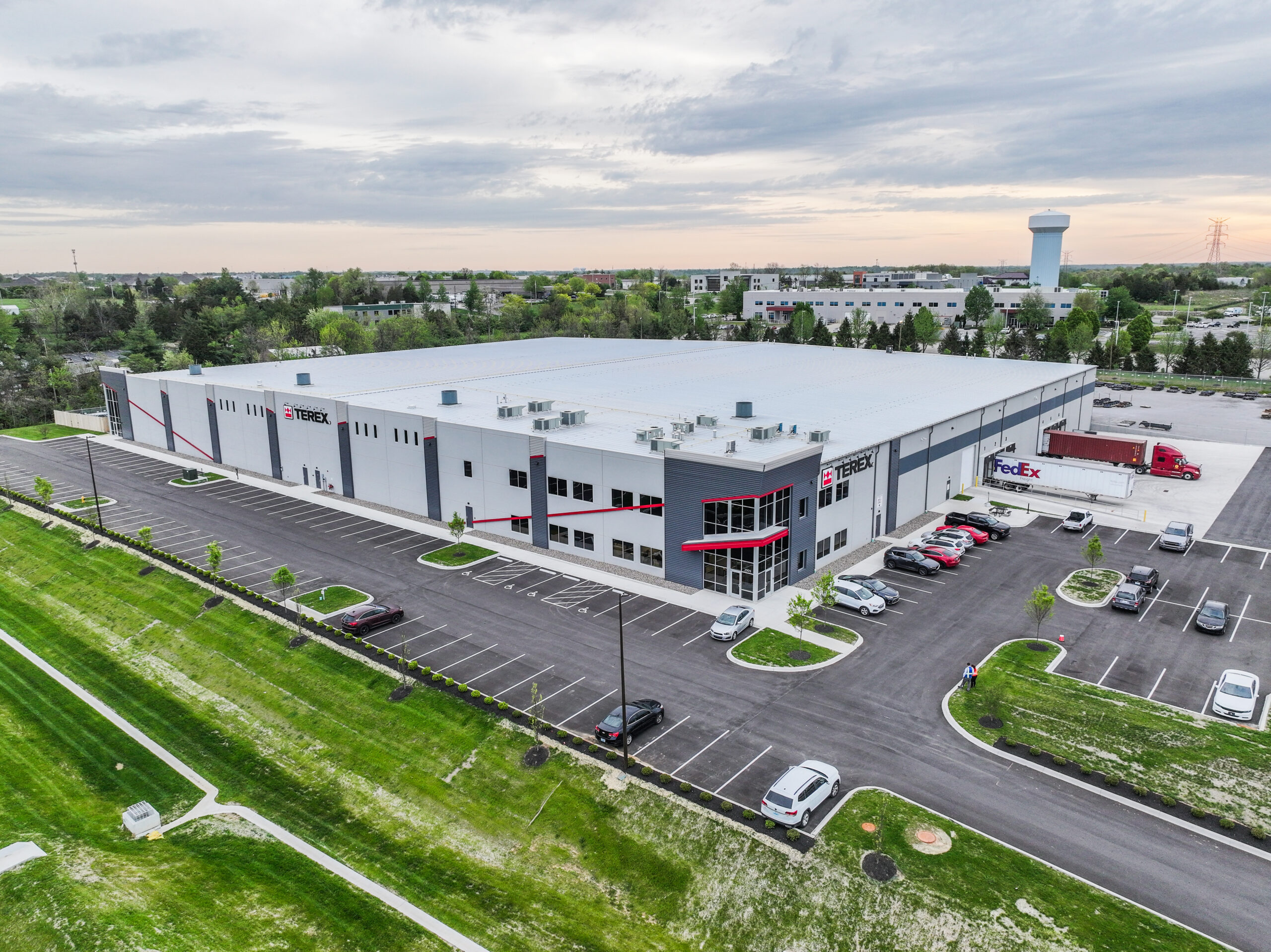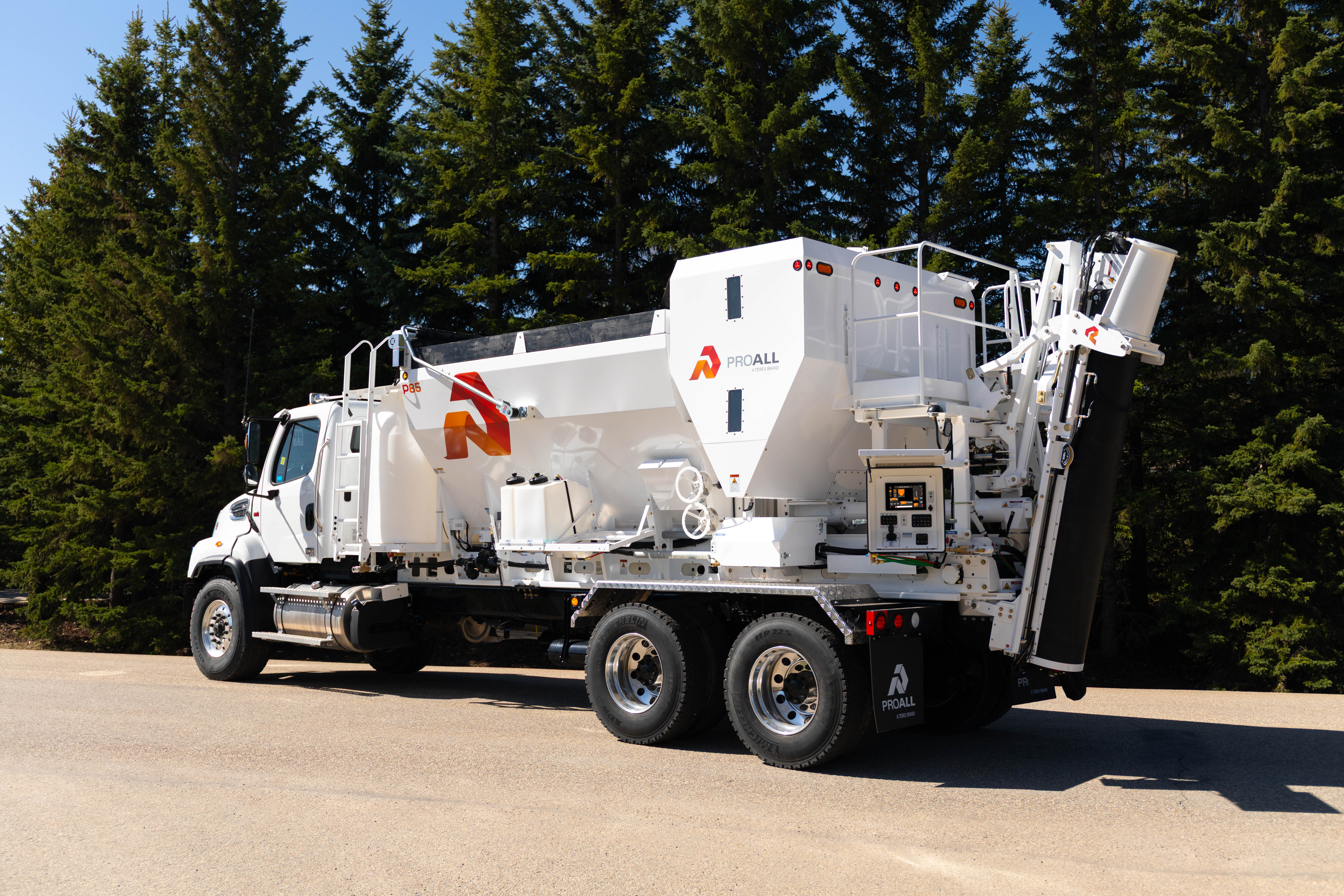
FIVE COOL THINGS YOU CAN DO WITH CONCRETE
FIVE COOL THINGS YOU CAN DO WITH CONCRETE
Concrete is arguably the world’s most popular building material. The U.S. is no exception: concrete forms the basis of roads, buildings, and bridges. Industry estimates suggest that concrete currently supports two million American jobs, according to the Contractors Society of America.
Much of the concrete used by the construction industry is covered up by other materials in the finishing stages of projects. That’s a pity because there are countless cool applications for concrete.
In this blog post, we will take a look at five of them:
- Flowable Fill
- Colored Concrete
- Rapid-Set Concrete
- Fiber-Reinforced Concrete
- High-Performance Concrete
Volumetric concrete mixers are the perfect tool for pouring all these different types of concrete.
FLOWABLE FILL
Flowable fill is the concrete of choice for any jobs requiring backfill such as utility trenches. Also known as liquid soil, or – more technically – as controlled low strength material, it is both versatile and readily available.
Using a mobile mixer, you simply specify the type of mix needed for the project and start pouring. If you are filling a trench, there is no need for your team to enter the trench at all. Chutes, pumps, or conveyors can take care of the job for you. Because of its consistency, flowable fill is self-leveling and needs very little compacting or spreading.
As a result, your projects are completed fast, and your team can focus on other priorities. If you are working on busy road surfaces, using flowable fill will help you minimize road closures. This is one of its biggest advantages over compacted soil or granular fill. The latter two need to be tested during the placement process to check that they have compacted sufficiently.
If you are working in rain and snow, flowable fill will displace water in a trench and melt snow, so there is no need to stop or bring in de-watering pumps. In cold weather, you simply adjust the temperature of your fill material. With ProAll mixers, that is easily done through the Commander control system.
COLORED CONCRETE
Colored concrete was first introduced to the American construction industry in the early 1950s. The F.D. Davis Company suggested contractors add synthetic iron oxide to their gray mix. At the time, this color powder was a waste product from chemical manufacturing.
Adding the pigment powder allowed contractors to pour concrete in a variety of earth-tone colors. Fifty years later, in the early 2000s, the industry used more than 200 million pounds of synthetic iron oxide. Experts predict that decorative applications of concrete will continue to grow in popularity over the coming decades.
So, how does the color get into your concrete? The color comes from pigments that are added to the mix, either as powder, liquid, or granules. The iron oxide pigments are much smaller than the cement they are mixed with and effectively wrap around the cement particles. The more pigment you add to the mix, the darker and bolder the resulting color will be.
To achieve consistent color, the ratio of water to cement is critical. This is where volumetric mixers make your job easier. Because you are pouring fresh concrete every single time, you avoid having to add water to keep a previously mixed batch usable. The result is the perfect color every time.
RAPID-SET CONCRETE
As the name suggests, rapid-set or rapid-hardening concrete hardens faster than standard mixes. Most contractors allow up to 48 hours for concrete to harden, whilst rapid-set concrete generally hardens within a few hours or even just one hour.
This is a popular solution for road repairs and underwater construction projects when speed is important. However, the fast-setting characteristic of this type of concrete also has disadvantages. With standard mixes, your team has time to remove air bubbles or even out the finished surface. Standard mixes also result in stronger concrete, which is essential for any load-bearing structure.
FIBER-REINFORCED CONCRETE (FRC)
Reinforcing concrete with different types of fibers increases its structural integrity. Glass, synthetic materials, and natural fibers are popular choices. Fibers control cracking caused by concrete shrinkage. They also limit the permeability of concrete. Plus, steel or synthetic fibers are strong enough to replace rebar in underground tunnel constructions, for example.
Like construction has changed over the centuries, so have the preferred materials we use to reinforce building materials. Ancient builders reinforced mortar with horsehair. In the 1900s, asbestos fibers became a popular concrete reinforcement, until the health risks associated with asbestos became widely known. Today, experts continue to research the most suitable materials.
HIGH-PERFORMANCE CONCRETE (HPC)
High-performance concrete has been specifically developed to be stronger than conventional concrete and more durable. Whilst it is made of the same materials as standard concrete mixtures, their proportions are adjusted to increase the performance of the mix you are pouring.
With volumetric concrete mixers, adjusting the mix simply means opening the Commander control system and specifying what you need. The American Concrete Institute defines HPC as “having a compressive strength of 8000 psi or greater”. The value was not chosen randomly: starting from this level of strength, production and testing of concrete require extra care.
You will find HPC in high-rise buildings, bridges, or tunnels. For all those applications, the strength of concrete needs to be combined with high elasticity. In addition, high-performance concrete has low permeability and resists deterioration through chemicals.
FINAL THOUGHTS
There is more to concrete than meets the eye. This versatile building material may be hidden from sight in many buildings and structures around us, but without it, our towns and cities would look nothing like they do today. Volumetric concrete mixers are perfect for pouring more than standard concrete because they allow you to adjust your mix quickly on-site. You will be ready to pour exactly what you need within minutes.
If we have made you curious, check back here in a little while when we will tell you about five more cool things you can do with concrete.


